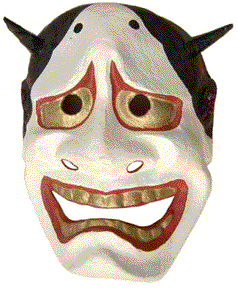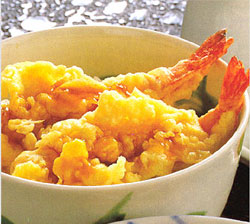 I have always wanted to have a Japanese garden. The Japanese are true masters in turning nearly everything in their culture to an artform, and the garden is no exception. Many of the famous gardens in Japan are located within Zen monasteries, an influence that is often conjectural at best. There must have been important religious influences on early garden design as well, given the significance of natural objects in Shinto beliefs. Although its original meaning is somewhat obscure, one of the Japanese words for garden—niwa—came to mean a place that had been cleansed and purified in anticipation of the arrival of kami, the deified spirits of Shinto, and the Shinto reverance for great rocks, lakes, ancient trees, and other “dignitaries of nature” would exert an enduring influence on Japanese garden design. The individual elements of Japanese gardens can fill a book, and often has. This includes waterfalls, rocks, bridges, islands, flowers, water and of course, trees. Here are my favourite ones:
I have always wanted to have a Japanese garden. The Japanese are true masters in turning nearly everything in their culture to an artform, and the garden is no exception. Many of the famous gardens in Japan are located within Zen monasteries, an influence that is often conjectural at best. There must have been important religious influences on early garden design as well, given the significance of natural objects in Shinto beliefs. Although its original meaning is somewhat obscure, one of the Japanese words for garden—niwa—came to mean a place that had been cleansed and purified in anticipation of the arrival of kami, the deified spirits of Shinto, and the Shinto reverance for great rocks, lakes, ancient trees, and other “dignitaries of nature” would exert an enduring influence on Japanese garden design. The individual elements of Japanese gardens can fill a book, and often has. This includes waterfalls, rocks, bridges, islands, flowers, water and of course, trees. Here are my favourite ones:
Ginkaku-ji
The temple of Jisho-ji is more popularly known as Ginkaku-ji, the Silver Pavilion. Both the pavilion and the garden were part of the retirement villa of Ashikaga Yoshimasa, the eighth Shogun of the Muromachi Period, who began construction in 1482. The complex became the very center of Japanese aesthetic concerns during the eight years of Yoshimasa’s residency, particularly in the areas of art collecting, flower arranging, and the tea ceremony.
Shoseien
Popularly known as Kikokutei Hall Garden, this is currently part of the Higashihongan-ji Temple (although separated from it physically). Its landscaping—attributed to Ishikawa Jozan and Kobori Enshu—dates to the Edo Period, but the large pond may originally have been part of the Heian estate of Minamoto no Toru, younger son of the Emperor Saga. It is one of a number of such Kyoto ponds that are all that remain of the great gardens of the Heian aristocracy.
Daisen-in
Founded in 1509 by the Zen priest Kogaku Sotan (1464-1548) upon his retirement as abbot of Daitoku-ji. The hojo, his residence, was completed in 1513, and the most famous of the gardens that surround that structure probably dates from the same period. While the theory that other early Zen gardens were intended to imitate Chinese landscape paintings or their Japanese equivalents is open to question, there can be little doubt that this was the intention at the Daisen-in. The garden that flanks two sides of the hojo is a miniature landscape whose vertical rocks suggest the mountains from which a waterfall and its resulting river flow.

 Nihon-cha (Japanese tea) contains catechin (giving astringency), caffeine (giving bitterness), and tannins (giving sweetness). Tea is said to be effective in
Nihon-cha (Japanese tea) contains catechin (giving astringency), caffeine (giving bitterness), and tannins (giving sweetness). Tea is said to be effective in 
 Japan has become the world leader in comics.
Japan has become the world leader in comics.